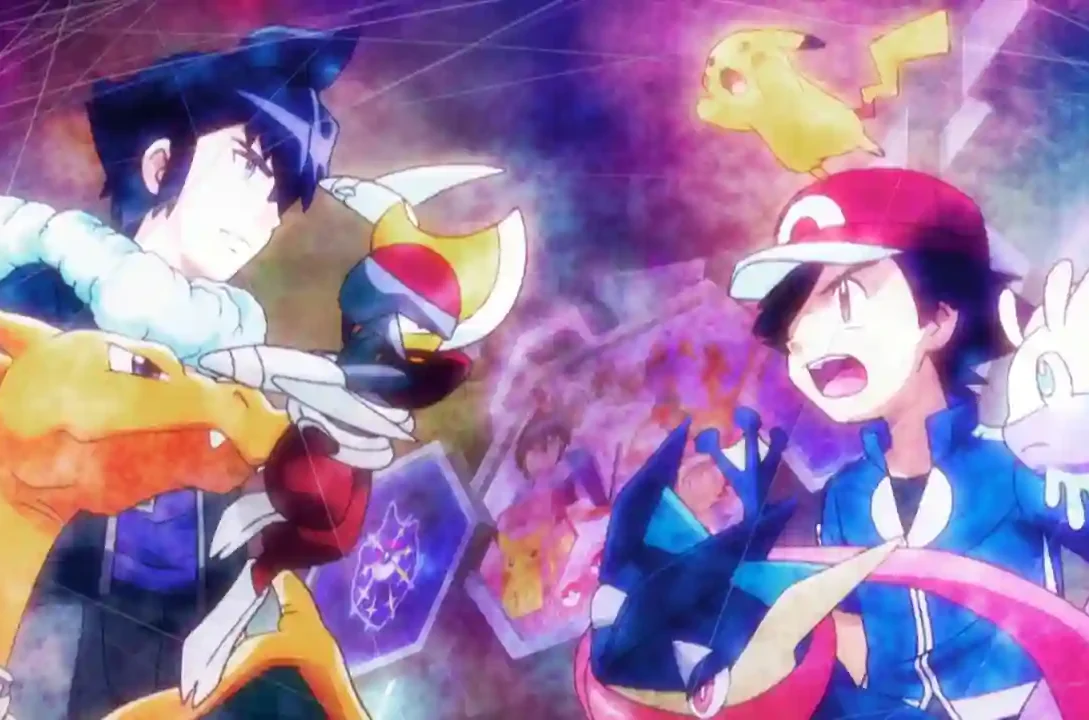Manga XYZ, beyond its captivating narratives and dynamic characters, is a visual feast that showcases a rich tapestry of fashion and clothing styles. “Manga XYZ Fashion: Style and Clothing in Japanese Comics” explores the fascinating intersection of fashion and manga, examining how mangaka use clothing as a powerful tool for character expression, storytelling, and cultural representation.
1. Fashion as Character Expression
One of the distinctive features of Manga XYZ is the meticulous attention given to character design, and clothing plays a pivotal role in shaping a character’s identity. Mangaka utilize fashion as a visual language to communicate aspects of a character’s personality, background, and even their journey within the story. From the eccentric outfits of characters like those in “One Piece” by Eiichiro Oda to the school uniforms in “My Hero Academia” by Kohei Horikoshi, fashion becomes a dynamic means of character expression.
2. Cultural Signifiers in Attire
Manga XYZ often incorporates cultural signifiers into character clothing, providing readers with insights into the setting and societal norms. Traditional Japanese garments like kimonos and yukatas are elegantly portrayed in historical or culturally themed manga such as “The Tale of Genji” by Waki Yamato. Additionally, contemporary fashion trends, from streetwear to formal attire, become visual cues that ground the story in a specific time and place.
3. The Evolution of School Uniforms
School settings are a common backdrop in Manga XYZ, and the evolution of school uniforms over the years reflects both societal changes and the mangaka’s creative choices. From the classic sailor uniforms in “Sailor Moon” by Naoko Takeuchi to the futuristic school attire in “Psycho-Pass” by Saru Hashino, school uniforms become a canvas for exploring fashion trends and cultural shifts within the manga’s narrative.
4. Fashion Subcultures and Trends
Manga XYZ often mirrors real-world fashion subcultures and trends. Mangaka draw inspiration from street fashion, high-end couture, and even underground subcultures to create characters with unique and avant-garde styles. Works like “Paradise Kiss” by Ai Yazawa delve into the world of high fashion and the avant-garde, showcasing characters who challenge societal norms through their clothing choices.
5. Fantasy and Cosplay Couture
In fantasy and isekai genres, mangaka have the freedom to explore extravagant and otherworldly fashion. Elaborate costumes, armor, and accessories become integral to building the fantastical worlds within manga. Series like “The Ancient Magus’ Bride” by Kore Yamazaki and “Fairy Tail” by Hiro Mashima showcase intricate designs that transport readers into magical realms where fashion transcends the ordinary.
6. Gender and Fashion Fluidity
Manga XYZ often challenges traditional gender norms through fashion choices. Characters may defy stereotypical clothing expectations, blurring the lines between masculine and feminine attire. “Ouran High School Host Club” by Bisco Hatori, for instance, features characters who play with gendered clothing expectations as part of their comedic and character-driven narratives.
7. Period Pieces and Historical Fashion
Historical manga often provides a visual feast of period-appropriate fashion, offering readers a glimpse into the clothing styles of different eras. Mangaka pay meticulous attention to the details of historical attire, whether it’s the Edo period in “Vagabond” by Takehiko Inoue or the Meiji era in “Emma” by Kaoru Mori. Historical fashion becomes a crucial element in creating an immersive reading experience.
8. Brand Placement and Product Placement
Manga XYZ, like other entertainment mediums, occasionally incorporates brand and product placements within its pages. Real-world fashion brands may find their way into the visual narrative, adding a touch of realism to the story. This integration is not only a reflection of contemporary consumer culture but also a way for mangaka to connect their narratives with the evolving fashion landscape.
9. Cultural Fusion and Global Trends
As Manga XYZ gains global popularity, mangaka increasingly incorporate global fashion trends into their works. Characters may be seen wearing styles influenced by Western fashion or a fusion of cultural elements. This cultural exchange not only reflects the global appeal of Manga XYZ but also contributes to a more diverse and inclusive representation of fashion within the medium.
10. Emotional Impact of Clothing Choices
The choice of clothing goes beyond aesthetics; it becomes a tool for conveying emotions and narrative beats. Changes in a character’s wardrobe may signal growth, transformation, or a shift in their personal narrative. Subtle details, such as a character swapping their school uniform for casual wear, can speak volumes about their evolving mindset and storyline.
Conclusion:
In conclusion, Manga XYZ fashion serves as a dynamic visual language that enhances storytelling, character development, and cultural representation. Mangaka leverage clothing choices to express character identities, explore cultural themes, and even comment on societal norms. The intricate relationship between fashion and storytelling within Manga XYZ not only reflects the creativity of the medium but also contributes to the immersive and visually stunning worlds that captivate readers worldwide.




